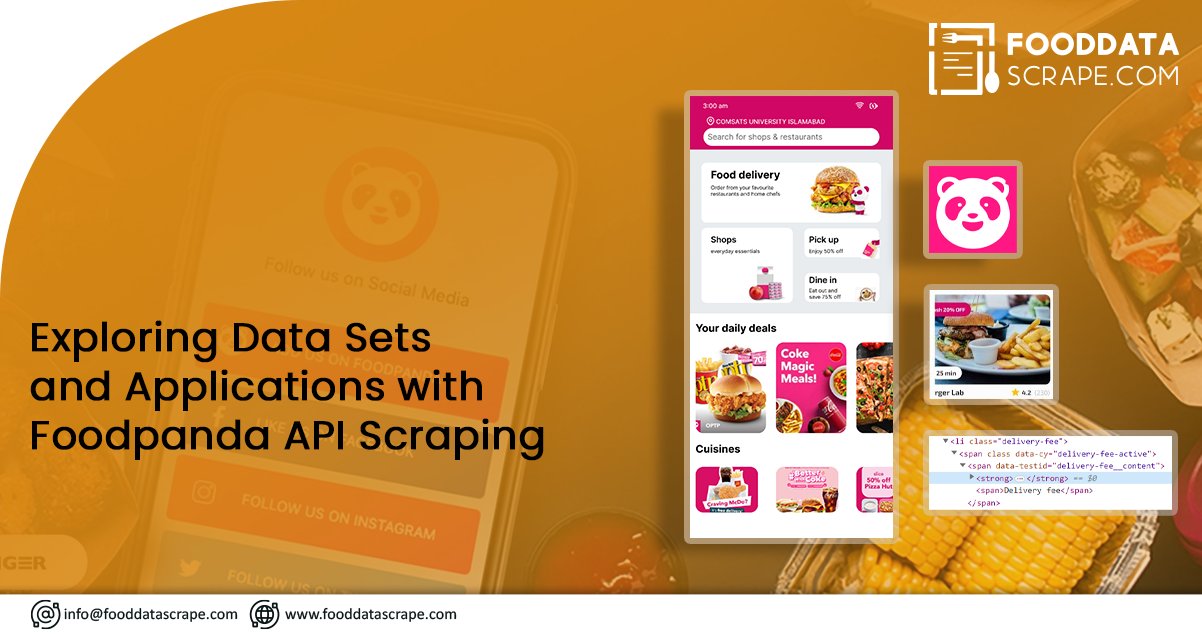Foodpanda API ushers in a realm of possibilities within the food delivery domain. This API empowers developers to extract crucial information encompassing restaurants, menus, orders, etc. This article delves into the Foodpanda API, exploring its data sets and the diverse applications they facilitate. Understanding the depth of these data sets enables developers to craft innovative solutions that streamline food delivery, elevate user experiences, and foster business expansion in the ever-evolving landscape of online meal ordering.
The Foodpanda API grants programmers programmable access to various platform features. It empowers coders to scrape details about Foodpanda's eateries, menus, and dishes, alongside information on customer orders and delivery schedules. Scrape food delivery API data to facilitate order modifications, additions, and real-time tracking of dispatch statuses.
Furthermore, the Foodpanda API enables programmers to create tailored software or services that leverage the capabilities embedded in the Foodpanda ecosystem. It encompasses developing software for restaurant aggregation, crafting online ordering platforms, or seamlessly integrating Foodpanda offerings into existing applications. With a consistent and practical approach, the Foodpanda API scraping provides seamless interaction with its features and database, ensuring smooth integration and an enriched customer experience within meal delivery solutions.
The Dominance of Foodpanda as a Premier Online Food Delivery Platform
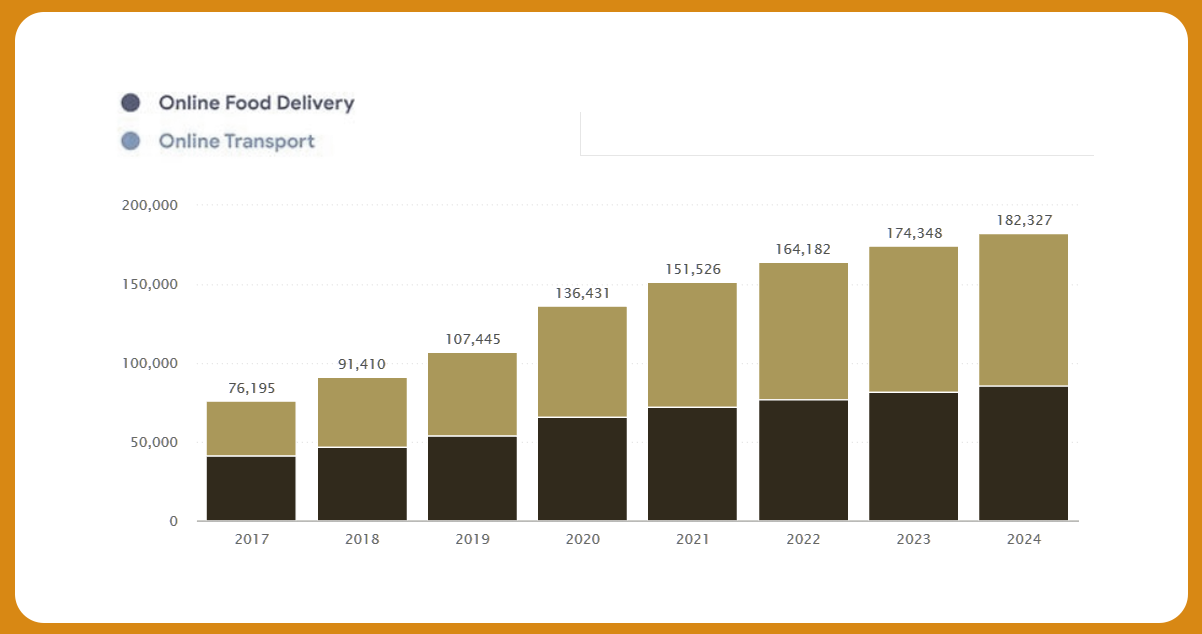
Foodpanda is a notable online food delivery platform that seamlessly connects consumers with an extensive array of dining options. The platform simplifies the meal delivery process, offering an Application Programming Interface (API) to enhance its offerings through third-party applications. Several pivotal factors underpin the platform's popularity:
Foremost, Foodpanda food delivery scraping API services boast a vast spectrum of dining establishments and culinary choices. Its expansive network of affiliate restaurants ensures a diverse selection of meals, catering to many tastes. This diverse array of options contributes significantly to Foodpanda's widespread appeal.
Furthermore, Foodpanda's website and mobile app feature an intuitive and user-friendly interface. Users can effortlessly explore menus, place orders, and track real-time deliveries. This seamless user experience guarantees convenience and efficiency, increasing customer satisfaction. Foodpanda food delivery API data collection helps gain insights into customer behavior.
Logistical efficiency is another cornerstone of Foodpanda's success. Employing advanced technology and analytics, Foodpanda optimizes delivery routes, reduces shipping durations, and ensures prompt order completion. This logistical prowess has established Foodpanda as a reliable and punctual delivery service, enhancing the overall customer journey.
Beyond convenience, Foodpanda enriches its offerings by presenting users with special offers, discounts, and loyalty programs. These incentives attract new customers and foster client retention and repeated engagement, building a solid foundation of customer loyalty.
List of Data Fields
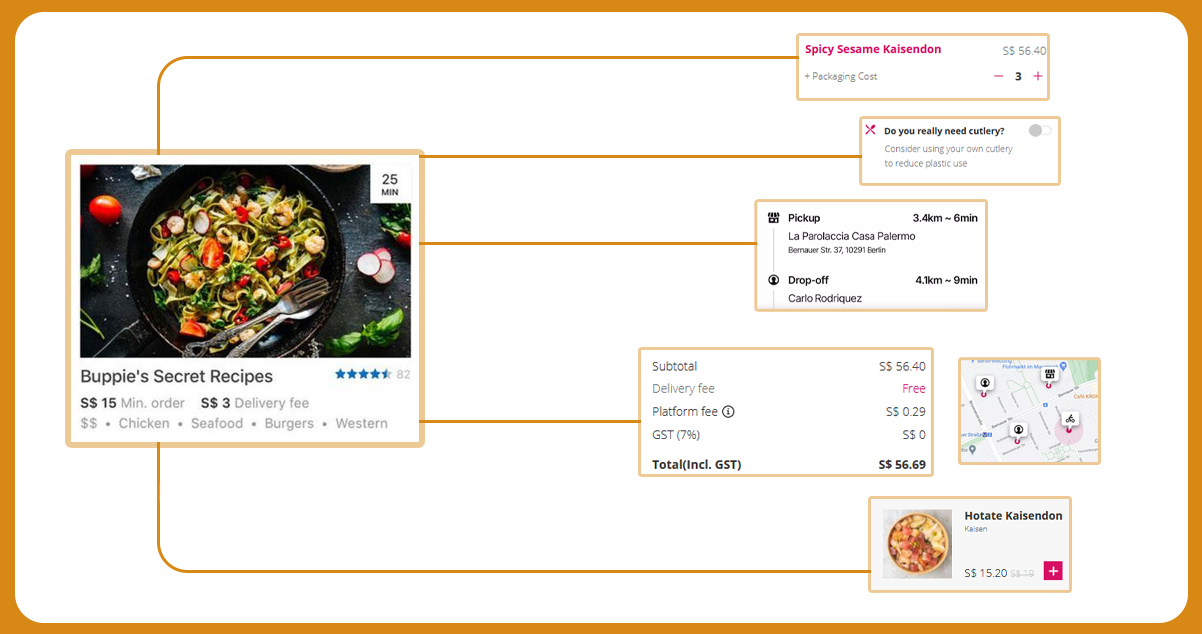
Steps To Scrape Real-Time Foodpanda Data Using Foodpanda API
Scraping real-time data from Foodpanda using the Foodpanda API involves several steps:
Access API Documentation: Familiarize yourself with the Foodpanda API documentation to understand available endpoints, authentication methods, request parameters, and response formats.
API Registration: If required, sign up for API access through Foodpanda's developer portal. It might involve creating an application and obtaining API credentials such as an API key or OAuth token.
Authentication: Use the provided API credentials to authenticate your requests. It might involve including the API key or token in the headers of your HTTP requests.
Choose Endpoints: Decide which API endpoints you want to use for data extraction. These endpoints include restaurant details, menus, reviews, orders, and promotions.
HTTP Requests: Use a programming language (e.g., Python) and libraries like requests to send HTTP requests to the chosen endpoints. Construct the appropriate URLs with the necessary parameters.
Response Handling: Parse the JSON responses received from the API to extract the required data fields. Convert the JSON data into a usable format in your programming language.
Data Storage: Store the scraped data in a structured format, such as a database, CSV file, or JSON file, for further analysis and use.
Real-Time Monitoring: Implement a mechanism to monitor the API for real-time updates continuously. Use techniques like polling or webhooks to fetch the latest data as it becomes available.
Rate Limiting: Be aware of rate limits imposed by the API to avoid overloading the server. Adhere to the prescribed limits to prevent disruptions.
Error Handling: Implement error-handling mechanisms to manage cases where API requests fail or encounter errors.
Data Transformation: Clean and transform the scraped data to match your requirements. It may involve data normalization, formatting, and filtering.
Compliance and Ethics: Ensure that your scraping activities adhere to Foodpanda's terms of use and policies. Respect their data usage guidelines and avoid overloading their servers.
Regular Maintenance: APIs and data structures may evolve. Review and update your scraping code to accommodate API endpoints or response format changes.
Testing: Thoroughly test your scraping code with different scenarios to ensure accuracy, reliability, and consistency.
Significance of Food Panda API
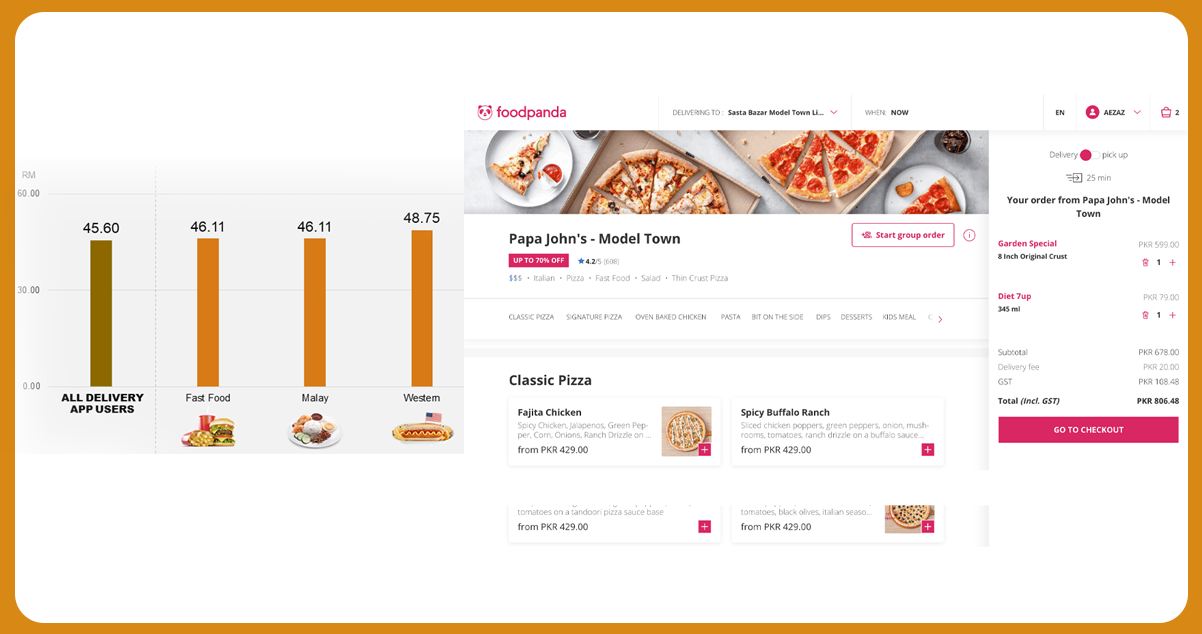
The Foodpanda API elevates the platform's utility and value for consumers and developers. The following reasons underscore the importance of these APIs:
The API makes seamless integration of Foodpanda's offerings into external platforms or applications feasible. This linkage empowers users to place orders seamlessly from alternate apps while leveraging Foodpanda's diverse restaurant options, resulting in a unified and user-friendly interface.
Utilizing the Foodpanda food delivery data collection services, developers can seamlessly incorporate Foodpanda's extensive restaurant selection into their systems and solutions. This integration enhances customer satisfaction and retention, allowing users to explore and place orders from many eateries without exiting the developer's app.
The food delivery data collection servcies facilitate the extraction of real-time information concerning restaurants, food choices, orders, and delivery specifics. Developers can harness this data to provide users with the latest updates, ensuring transparency and reliability throughout meal ordering and delivery.
With the Foodpanda API, programmers can tailor and personalize user experiences according to individual preferences. The API's capabilities enable developers to create distinctive features that enhance consumer value, including personalized recommendations, order tracking, and loyalty programs.
Foodpanda API Datasets
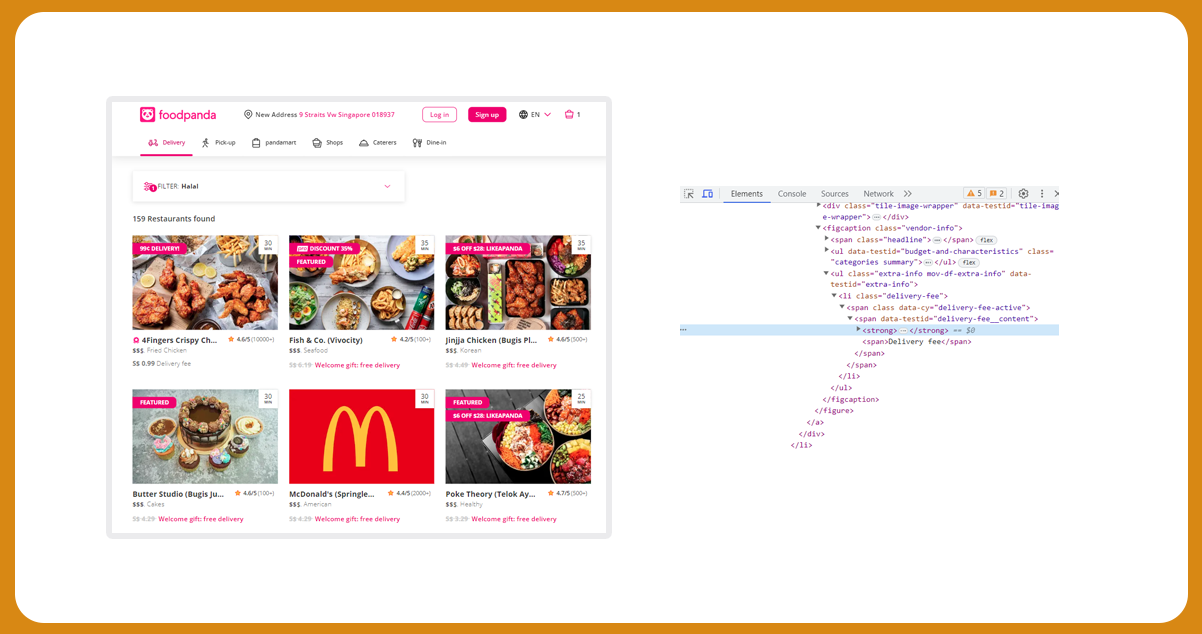
The Foodpanda API is an indispensable tool for programmers aiming to scrape food delivery data and harness the platform's capabilities. Within the Foodpanda API lies an array of prominent and invaluable datasets, including:
Restaurant Information: The Foodpanda API datasets grant programmers access to a comprehensive directory of eateries. This dataset encompasses critical restaurant details such as names, locations, cuisine offerings, and the types of dishes they serve. Developers can tap into extensive menu data, including dish names, descriptions, prices, and customizable options.
Customer Orders: Programmers can extract specific order details through the API, providing insights into customer transactions. This dataset includes order IDs, purchased items, quantities, and prices. Developers can employ this data to create features like order tracking or incorporate comprehensive order histories.
Delivery Insights: The API allows developers to track order progress and obtain delivery specifics. It offers real-time delivery information. This dataset equips developers to accurately inform users and modify delivery statuses within their applications, from estimated delivery times to driver details and order status updates.
Restaurant Availability: The API supplies data regarding the accessibility of restaurants for online ordering. Developers can access information on restaurant operating hours, days of operation, and order fulfillment status. This dataset aids programmers in ensuring that users can place orders exclusively during restaurant business hours.
Specials and Discounts: The API features datasets about exclusive deals and discounts available on Foodpanda. Developers can web-scrape restaurant data about ongoing promotions, coupon codes, and discounted food items. With this data, programmers can showcase relevant offers to users or seamlessly integrate promotions within their apps.
Application of Foodpanda Datasets
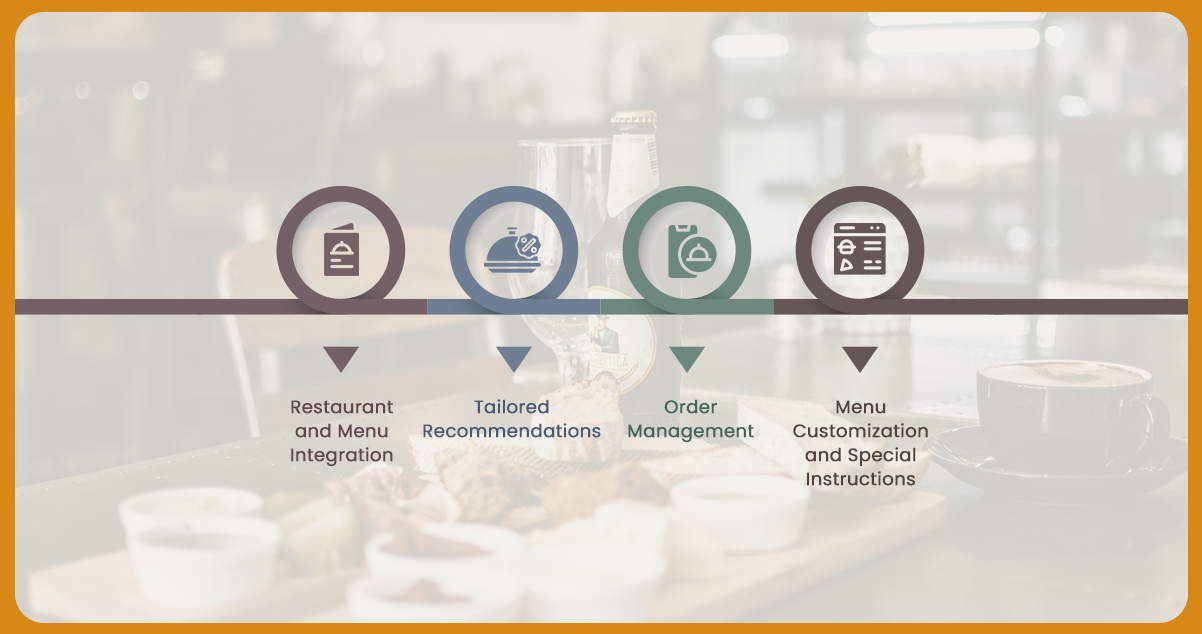
Leveraging the Foodpanda API allows designers to enhance their applications or offerings. Among the diverse use cases, the Foodpanda API particularly shines in the following datasets:
Restaurant and Menu Integration: By harnessing restaurant and menu data sets, developers can craft organizational tools that give users a comprehensive overview of diverse establishments and their culinary offerings. This unified interface empowers users to compare options, make informed decisions, and place orders across multiple eateries seamlessly.
Tailored Recommendations: Developers can create customized offers by analyzing restaurant and menu data with individual consumer preferences and buying behaviors. This personalized approach enables users to discover new dining options that align with their tastes, enhancing the overall user experience.
Order Management: The API facilitates the integration of order-tracking functionalities within apps. Users can access real-time updates on order status, estimated delivery times, and notifications for order readiness or dispatch. This feature ensures users stay informed throughout the delivery process, enhancing transparency and accountability.
Menu Customization and Special Instructions: Designers can leverage menu datasets to empower customers with the ability to personalize their orders. It entails selecting different meal components, adding extras or modifications, and accommodating specific dietary preferences. Utilizing reservation data, designers can also relay unique customer instructions to eateries, ensuring a personalized and memorable dining experience.
Conclusion
Developers can unlock ample potential within the Foodpanda API by employing intelligent strategies and meticulous implementation. These approaches empower them to swiftly and effectively craft exceptional applications.
For further details, get in touch with Food Data Scrape now! You can also reach us for all your Food Data Aggregator service and Mobile Restaurant App Scraping service needs. We also provide advanced insights and analytics that offer valuable data-driven perspectives to drive informed decision-making and enhance your business strategies.
Get in touch
We will Catch You as early as we recevie the massage
Trusted by Experts in the Food, Grocery, and Liquor Industry




























































































